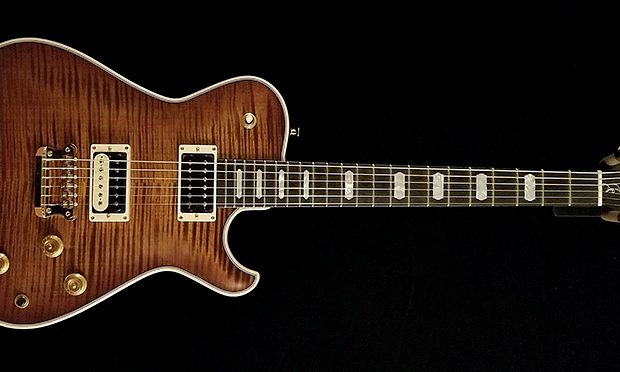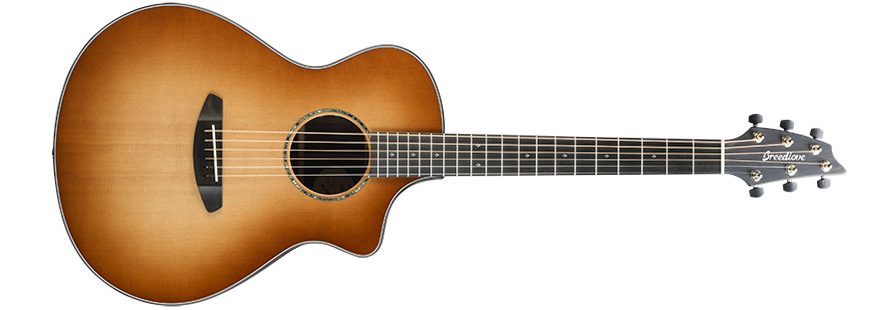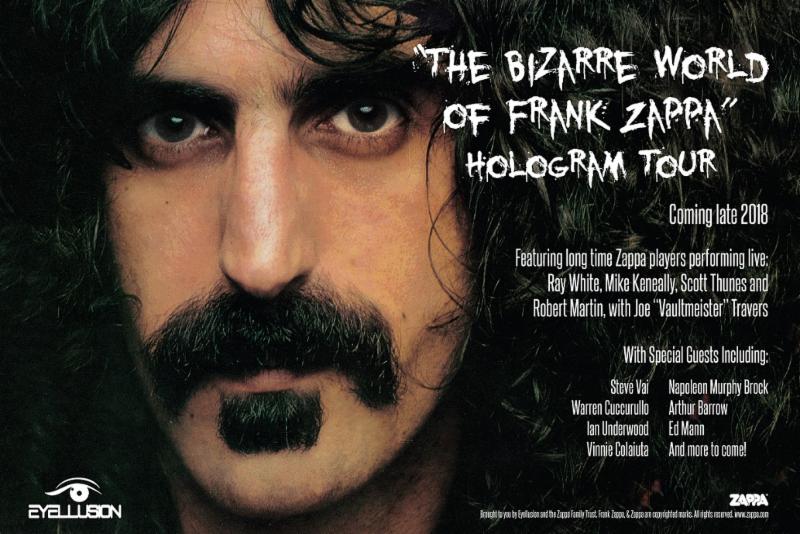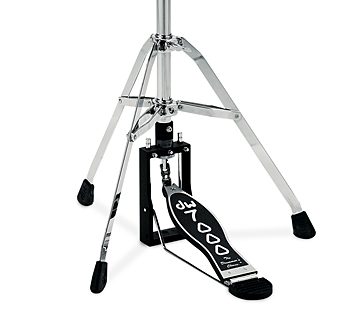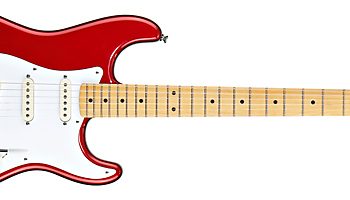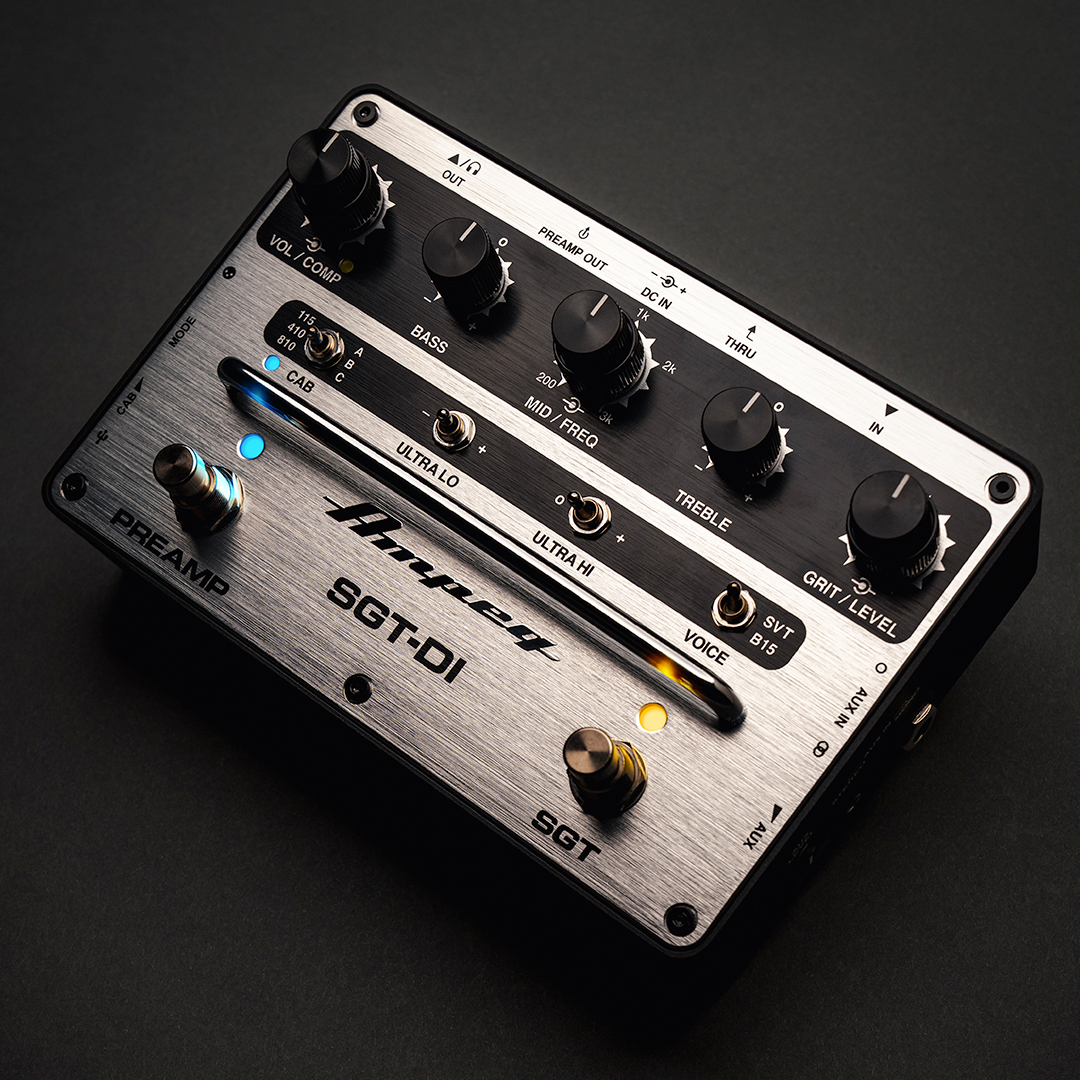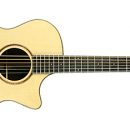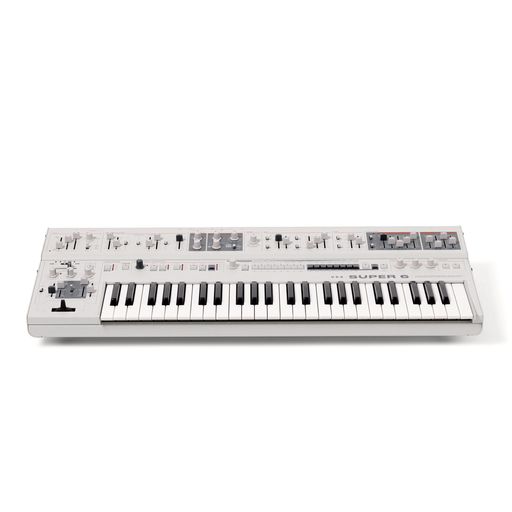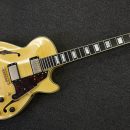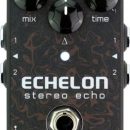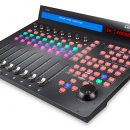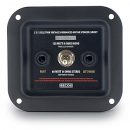| Category | Value | Rating |
| Features | 20% | |
| Usability | 25% | |
| Sound | 25% | |
| Documentation & Support | 10% | |
| Price | 20% | |
| OVERALL RATING = 3.3 Stars 3.6 stars or better: Outstanding, WIHO Award 3 stars or better: Worth considering 2 stars or better: Suited to specific needs 1 star or less: Not recommended |
||
The community of boutique guitar companies is full of master luthiers looking to do one obvious thing: build the best sounding, most aesthetically pleasing guitars in history. There exists a school of thought among many players that the Les Paul was already created and cannot be beat, and Doug Rappoport was once a mainstay Les Paul player, too. Mahogany body, set-neck construction, single-cut guitars have been built for decades by companies that have come and gone by the hundreds. From cheap, Asian imports to meticulously hand-crafted instruments like the Knaggs Kenai, they’ve all sought to improve upon the iconic instrument’s original design.
Knaggs guitars introduced their Kenai model guitar almost ten years ago and it has become a mainstay in the company’s lineup, helping to solidify the brand as a serious contender in the boutique market. Doug Rappoport’s career as Edgar Winter’s side man, as well as being a YouTube sensation thanks to his ear-boggling guitar work and product testing (garnering several hundred thousand views), continue to elevate this player’s notability. The intersection of his life as a phenomenal live player and guitar video superhero come together in one fabulous instrument, the Doug Rappoport Signature Kenai we present for review.
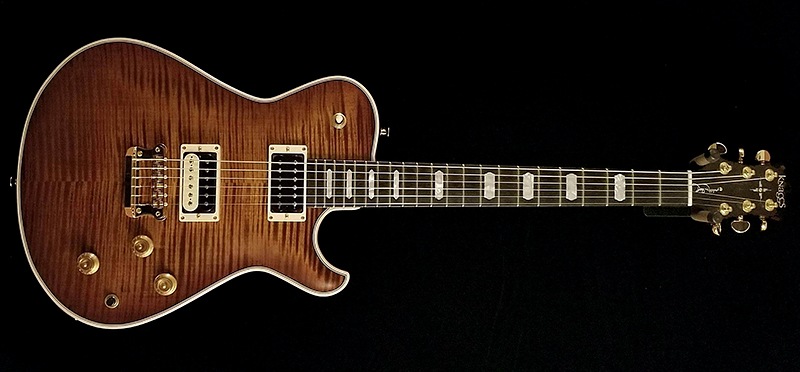 Features
Features
 The Doug Rappoport Signature Kenai starts its life with many of the same features of our previously reviewed Kenai. Our DR came with an absolutely stunning T1 top, which is Knaggs’ highest-grade maple (breathtaking is an understatement). Mated to a mahogany body with a matte finish, this instrument has an understated (but gorgeous), vintage look to it, the sublime elegance matched perfectly by gold hardware appointments.
The Doug Rappoport Signature Kenai starts its life with many of the same features of our previously reviewed Kenai. Our DR came with an absolutely stunning T1 top, which is Knaggs’ highest-grade maple (breathtaking is an understatement). Mated to a mahogany body with a matte finish, this instrument has an understated (but gorgeous), vintage look to it, the sublime elegance matched perfectly by gold hardware appointments.
A 12” radius fingerboard adorns a mahogany neck, with the neck shape listed as “DR Custom.” We’d place this neck somewhere between the standard Kenai and a Les Paul Custom neck. This guitar was the first to feature Knaggs’ pearl block inlays, which are not really blocks at all, but oblong hexagons. The standard Influence bridge continues from the Kenai DNA, which we feel is a big part of what makes these instruments uniquely resonant and special. The 78 Duncan zebra pickup is Doug’s favorite and lives in the bridge position, mated with a Seymour Duncan SH2N in the neck.
A three-way selector switch is found in the top horn of the guitar, while two Volume and one master Tone switch are found offset to the bridge’s treble side. There is a unique cutoff kill switch in the place of the typical fourth knob, enabling the performance of stutter-type effects. There is a little more meat and thus a little more weight to this instrument, but it is just barely heavier than our standard Kenai. The Morningstar inlay adorns the headstock, as well as Doug’s signature on the truss rod cover. Gold Gotoh tuners match the gold hardware perfectly, and the bone nut is also a nice addition.
Usability
Considering that common complaints regarding single-cut, mahogany and maple, Les Paul-style guitars center around the bulk and weight of the instruments, Knaggs addresses both of these issues in the DR Kenai. Using the supplied Dunlop strap locks, the guitar rests very comfortably against the body (even those of our bodies with a little too much body) and the weight is a comfortable hair under 8 lbs.
Of course, the first thing we had to do was try the kill switch. It worked as advertised, but we did find it to be located a little bit out of the way (in the tone knob area). After gigging this guitar several times for a few months, we grew more accustomed to the position of the kill switch and got better at finding it without looking.
Playability of the guitar is as expected of a Knaggs instrument: effortless and dreamlike. The bridge/nut combination is a match made in precision and keeps the guitar in tune seemingly endlessly. We have never used any graphite during string changes and have yet to hear a ping. The fretwork, which is one of the most important features we use to determine playability, was perfect, with no sharp edges to be found and well rounded out, giving the guitar a worn-in feel right out of the case. The medium frets are low enough coupled with the 12” radius to assure low action and shredability for those who desire a low setup. Also remember, Doug is one of the world’s premier blues rock artists today, so this guitar will stun both the classic rock and blues rock aficionados as well.
Like the standard Kenai model, upper register access is improved over a traditional Les Paul-style guitar with a recessed heel joint, and traditional style thumbscrews allow for easy bridge adjustment.

Sound
We have used this guitar extensively with over a dozen different amp/pedal combinations, but two stick out in our minds the most. First, we’d like to speak about how well this guitar sounded through a Friedman Phil X signature amp. The DR Kenai had the sustain and almost acoustic-like ring that Knaggs has become known for. Joe Knaggs has said he sits alone from time to time with recently assembled guitars to assess exactly this, and it’s a matter of pride due to the fact these electric guitars tend to sustain and ring almost like acoustics. Our DR Kenai definitely had this, giving note bloom and sustain lives of their own, and a very non-linear sound as a result. This guitar knows how to sing.
Through our Friedman Phil X, we found the custom 78 Duncan zebra pickup to be focused and punchy, yet not so high output to classify as a good metal sounding pickup. It also lacked the upper high-end shrill so common in many bridge pickups we have played, yet still retained a nice bite. During live performances, we tended to stay on our DR Kenai bridge pickup more than we would have with another guitar. We didn’t feel the pickup needed taming with a mix of bridge/neck or switching to the neck altogether. This guitar with this pickup delivered a perfect rock sound. The Friedman Phil X delivers a more organic, earthier taste of the Friedman line, and with the gain dimed out, it teeters the fine line between classic and modern rock, with the only dividing point being how we chose to play the guitar. Our Mezzabarba 4x12 cab was the best sounding speaker type utilized (four Celestion Greenbacks rated at 100w total).
Next, we sound tested the Knaggs DR Kenai through our Fender Supersonic combo amp. We particularly wanted to test the dirty channel of this amp, as we have found it somewhat hit and miss to our taste depending on the guitar we played. Not to take away from the tone or usefulness of our Fender Supersonic, but there is no one amp that gets everything perfect. We found the DR Kenai to be well suited to this amp’s dual cascading gain type of overdrive, pushing the amp just hard enough to sustain a little better than previous instruments tested through it. Doug himself has recognized how one day to the next, a guitar/amp combination can either have singing sustain or the notes can just hit the floor and die at your feet, with little explanation as to why. Standing a good distance away (25 feet or so) in a studio with a low ceiling and little sound protection, we found the sound of the guitar to be forward, aggressive and almost as if compression had been applied to increase sustain. There was good chunk in the low end, and a lot of the high end “white” kind of overdrive of this amp became more focused and musical.
We felt the true voice, the part of this guitar that really sings, lies in the mids. They hit you right in the heart—the way a good guitar should, and it took us back to when we were learning our first songs out of the backs of the guitar magazines so many years ago.
Documentation and Product Support
Our Knaggs DR Kenai came with an Allen key, build sheet, sticker and strap locks in the case. There was no set up or care instruction, although if you are buying a $4,000, hand-crafted instrument, we hope you have some basic guitar maintenance experience.
Calls and emails to Knaggs have been fielded favorably, and they are quite responsive and active on social media as well. They also run a closed Facebook group titled “The Knaggsters” and it is run very much with a family feel and vibe.
Knaggs still provides just a 30 day warranty period, which they explain is the time they want to be notified in the event of a defect that somehow got through what appears to be nearly flawless quality control. We have been assured that if a problem arises after 30 days and it was the fault of the build, they would most certainly work with the artist to make it right. We also have word there hasn’t been a single warranty claim yet. Although we don’t necessarily agree with this particular policy, we have yet to hear of any unsatisfied customers.
Price
The Knaggs Kenai Doug Rappaport Signature (MSRP $5,825) sells for $4,470 as configured here. This is clearly not a starter instrument nor even within reasonability for most weekend warriors, but it is priced accordingly within the boutique realm.
Built by American hands in an American factory is prideful enough, on top of the now legendary status of the Knaggs name in guitar building and artistry. If you’ve got the resources, this instrument well worth considering.
Contact Information
Knaggs Guitars
http://knaggsguitars.com
| Evaluation Short-List: |
| • PRS Mccarty SC 594 10Top • Gibson 1959 Standard reissue • ESP USA Eclipse |

